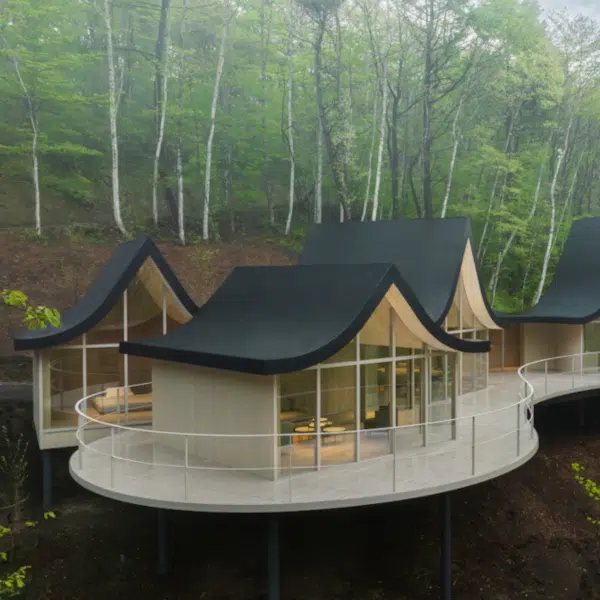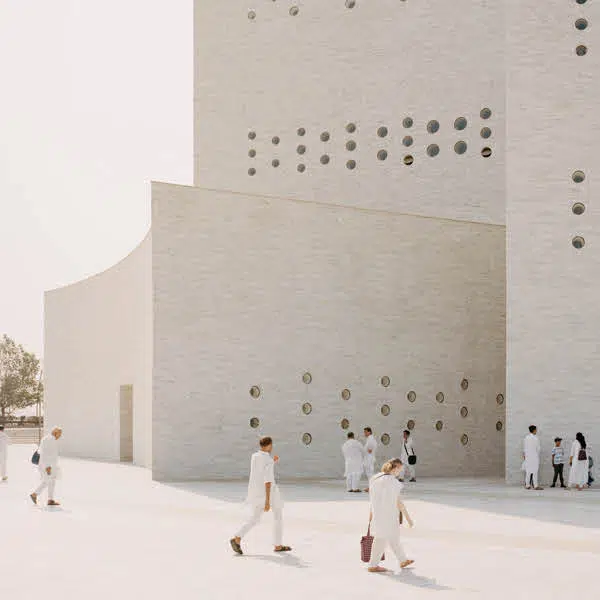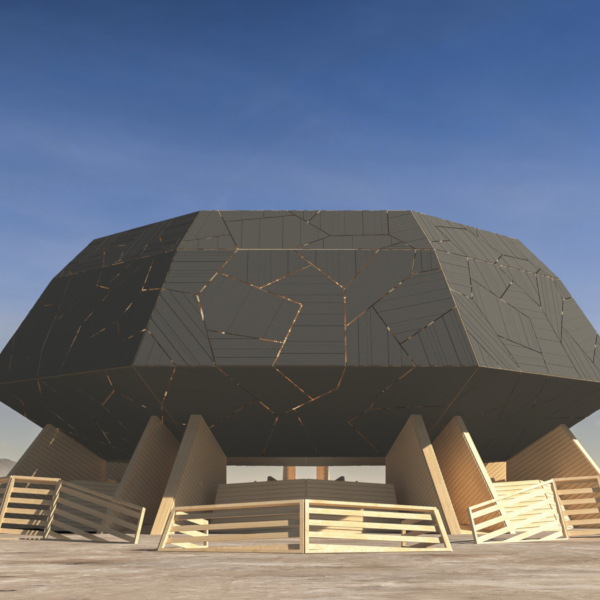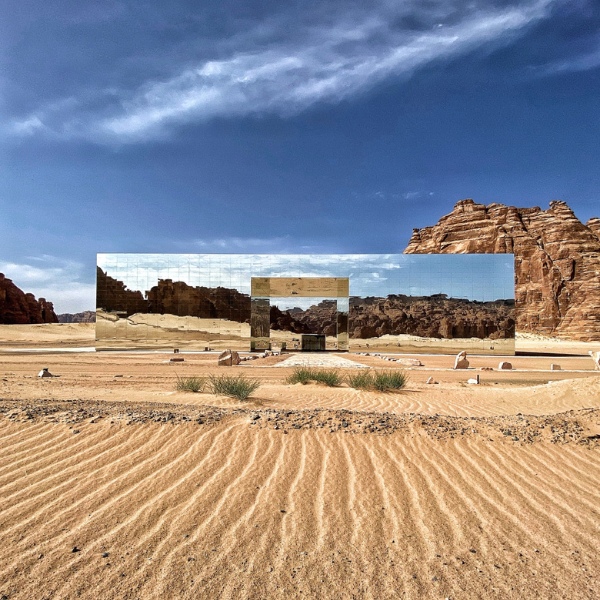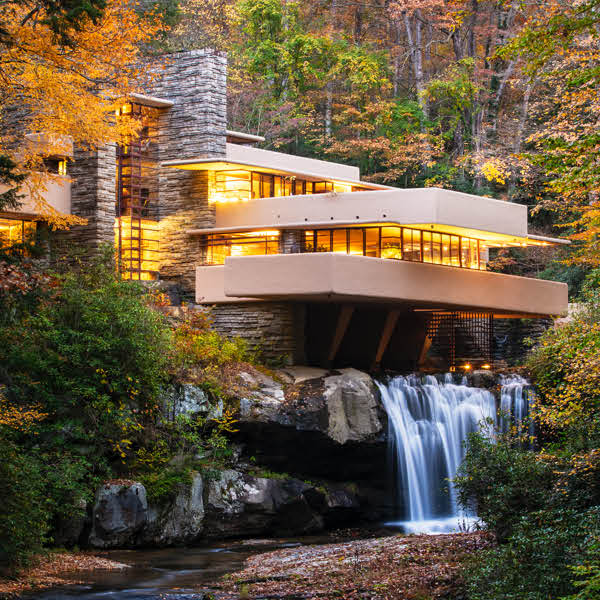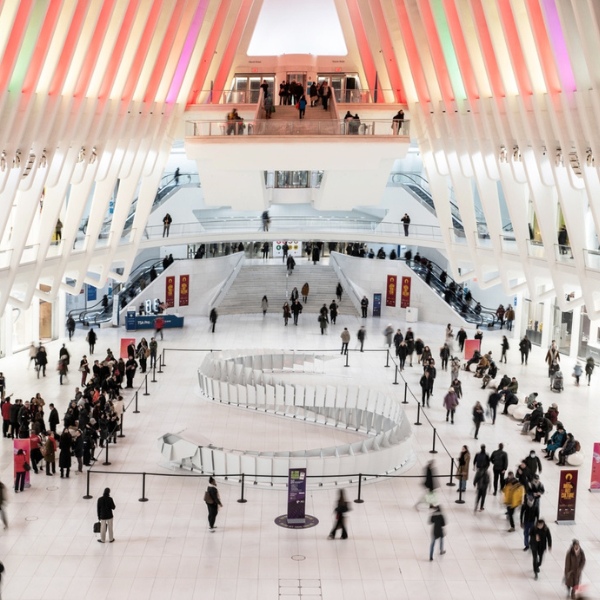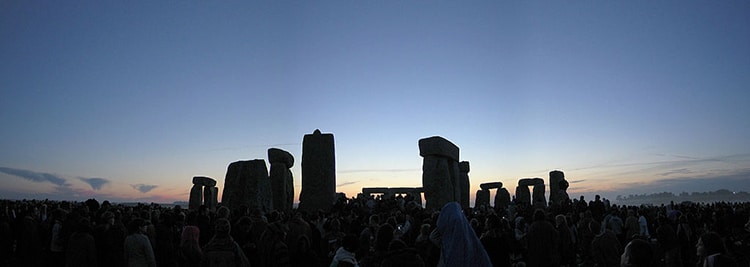
Summer Solstice at Stonehenge (Photo: Wikimedia Commons [CC BY-SA 2.0])
While archaeologists agree that the site was built to honor the solstices, many believe the structure's layout better aligns with the winter solstice than with the summer solstice, despite the summer solstice's popularity. Trilithons (the famous rock structures in Stonehenge that have two vertical stones with a horizontal stone atop them) align more precisely with the mid-winter sunset than the renowned Heel stone does with the mid-summer sunrise. However, the harsh English winters make celebration at Stonehenge during the winter difficult, so celebrations have been focused on the mid-summer solstice.
The summer solstice is usually a spiritual and eclectic affair, not unlike the adventures that go on in music festivals like Burning Man. The solstices are incredibly important for contemporary druids and pagans, and it’s considered an honor to take a pilgrimage to Stonehenge to take part in this spiritual ceremony.
This week, the monument’s curators have announced that the first phase of Stonehenge's reopening will begin on Saturday, June 13. Even though it will be greatly limited with only 6 staffed sites planned to reopen, English Heritage’s live stream will allow more people than ever to share in this historic ceremony. If you're tuning in from the United States, then you'll need to visit their livestream sometime on the evening before the solstice. Regardless of the very different circumstances of this year’s summer solstice, this long-standing tradition is sure to be as beautiful as all the others held before it.
English Heritage will livestream the summer solstice's sunrise from Stonehenge on June 21 to encourage social distancing.

Stonehenge (Photo: Wikimedia Commons [CC BY 2.0])
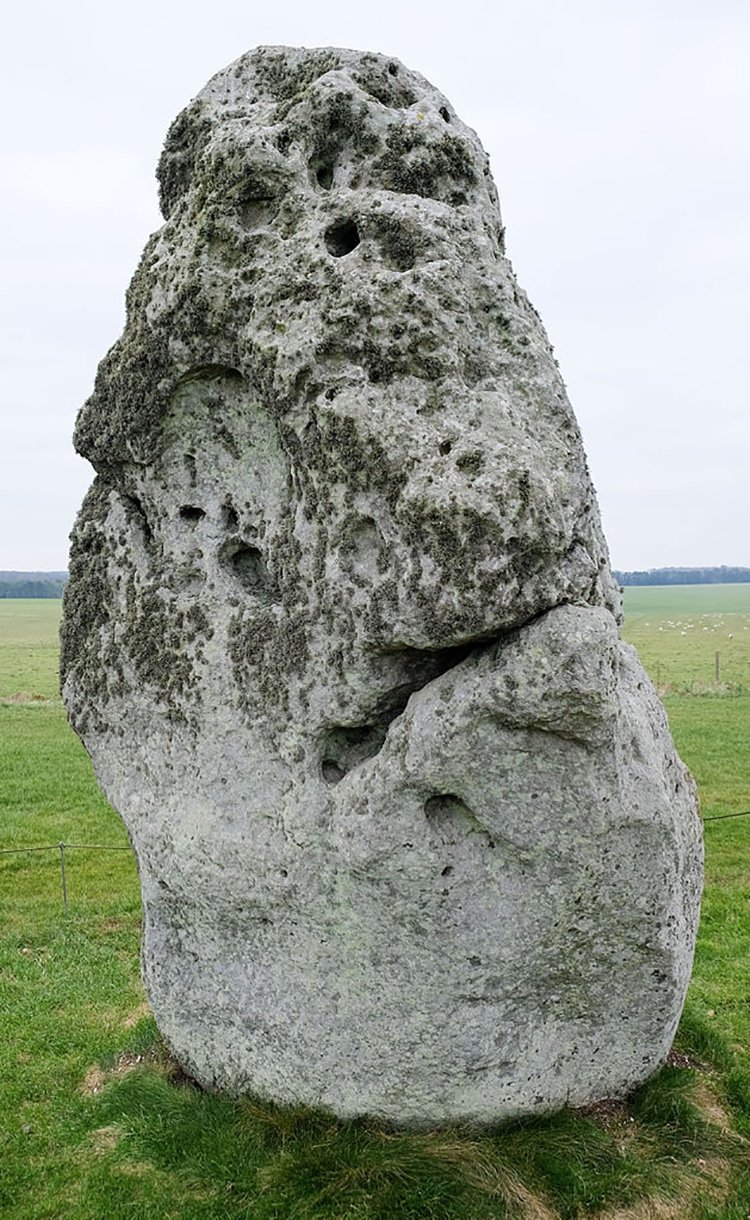
The Heel Stone (Photo: Wikimedia Commons [CC BY-SA 4.0])
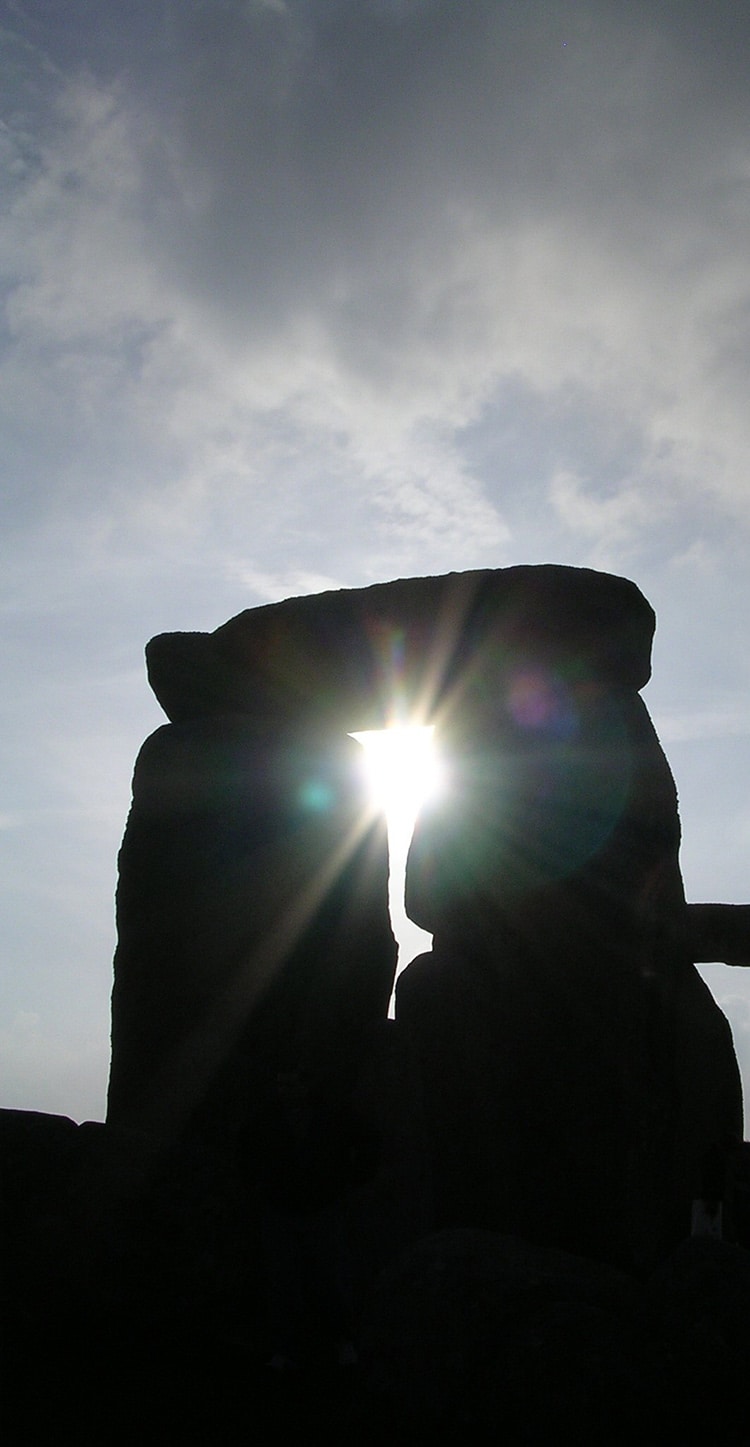
Trilithons at Stonehenge (Photo: Wikimedia Commons [Public Domain])
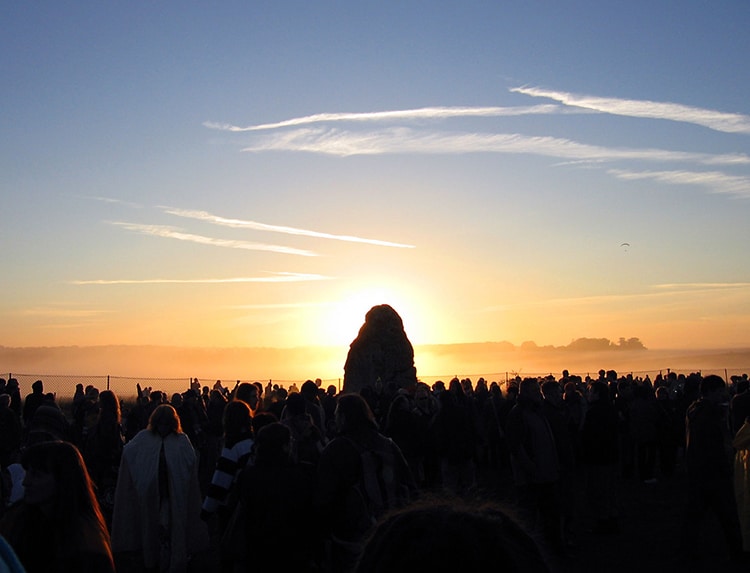
The Heel Stone during the Summer Solstice (Photo: Wikimedia Commons [CC BY-SA 2.0])
h/t: [Mental Floss]
Related Links:
7 Fascinating Facts About England’s Mysterious Stonehenge
Scientists Analyze Ancient DNA to Solve Mystery of Who Built Stonehenge











































































